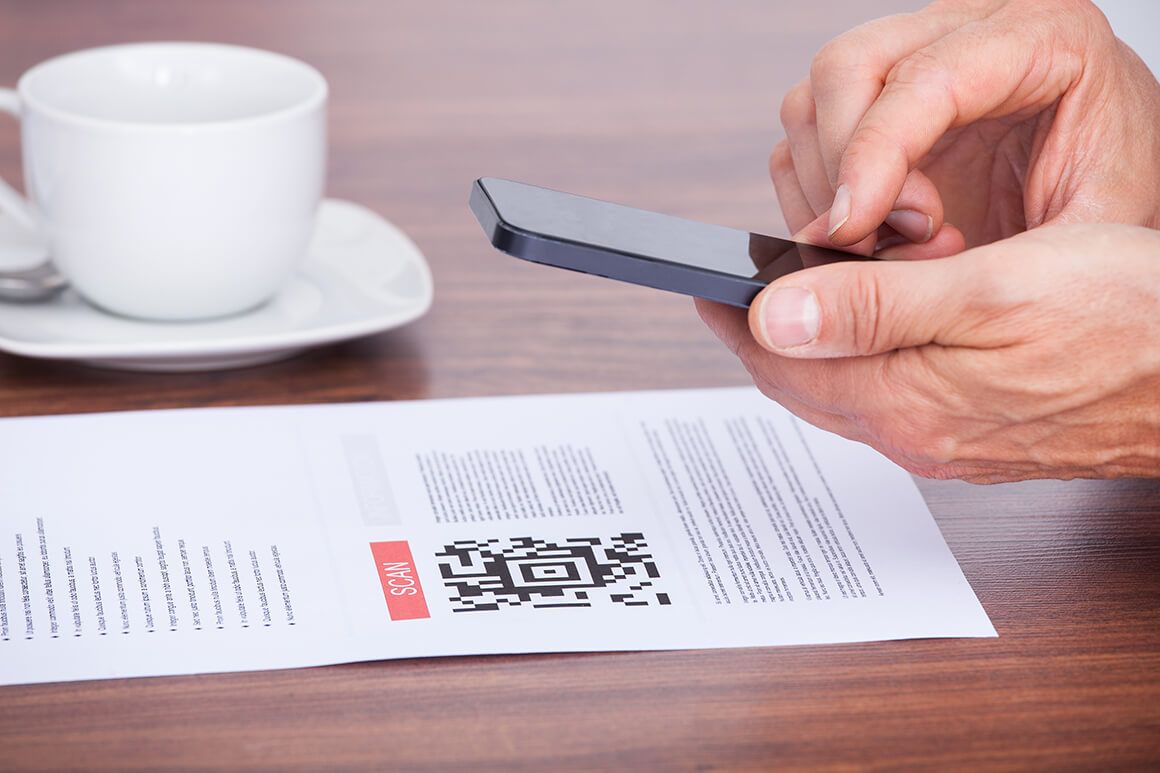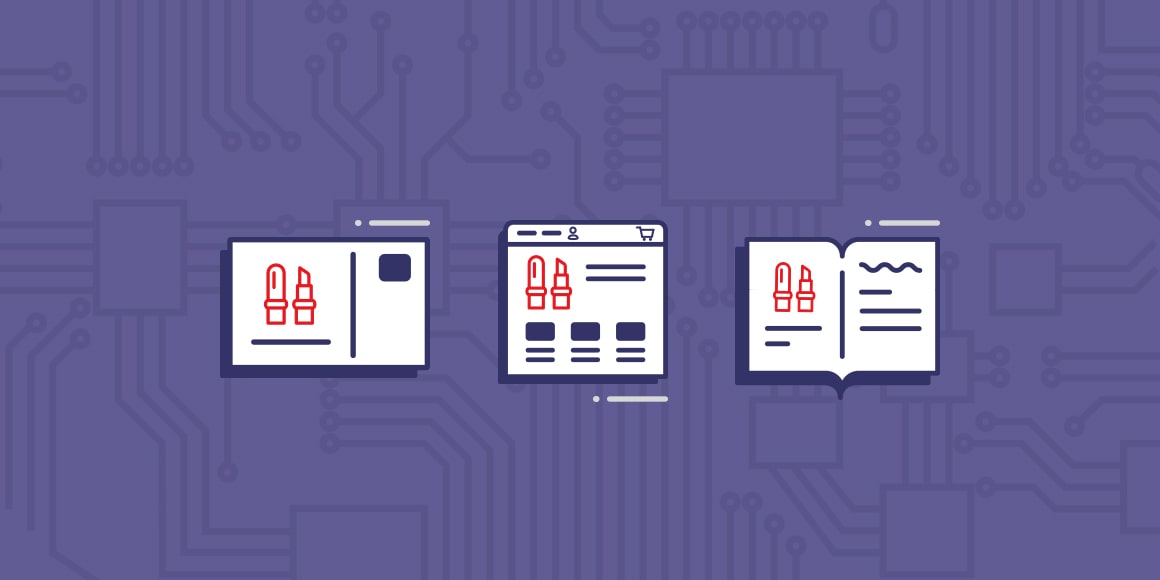
Attribution means assigning the right amount of credit to each channel or touchpoint in an advertising campaign. It helps marketers better understand how channels are interconnected and how they perform and influence each other.
In companies where there’s pressure to track the effectiveness of marketing campaigns and channels, multitouch attribution can also help you justify your marketing activities and budget. It provides actual marketing performance metrics for business decision makers who are highly focused on return on investment (ROI).[1] Read on to learn about multitouch attribution and six different attribution models.
Defining Multitouch Attribution
Multitouch attribution—which assigns attribution to each channel—provides a more complete view of how marketing channels work together. In each of the many multitouch models out there, a fraction of the conversion credit is assigned to each touch.
It’s important to note that multitouch attribution requires the ability to track individual consumers across multiple channels. In this case, you would need to know for certain that the person who received the direct mail is the same person who received the email—and who also made the purchase.
Let’s look at a few of the different multitouch techniques, evaluating the pros and cons of each.[2]
Linear Attribution
In this model, each touchpoint in the direct mail journey is awarded equal credit for the end result. It gives the same weight to a follow-up email sent to a customer as it would to a customer coming in-store to make a purchase.
Pros
Simple to set up and follow.
Cons
Doesn’t consider that different types of interactions are more or less important to the end result.
Time Decay Attribution
Here, credit grows as time passes, meaning the touchpoints closest to the result have more weight than those toward the beginning of the campaign. A click on a banner ad is considered less important than your direct mailpiece, which is in turn less important than the customer making a purchase.
Pros
Acknowledges that not every touchpoint should be considered equally.
Cons
Doesn’t measure the true importance of an early-stage interaction in an end result.
U-Shaped Attribution
In this model, two key touchpoints are given equal credit. The time between the two points is also weighted, but is less valuable than either of the key points.
Pros
Good for accurately looking at and reporting on early-stage leads.
Cons
Doesn’t measure any interaction after the second touchpoint.
W-Shaped Attribution
This model is similar to the U-shaped, but hits three key touchpoints instead of two. The remaining attribution accounts for the time and micro-touchpoints between the first and third interactions.
Pros
Accurately tracks the early-stage marketing side of an interaction.
Cons
Distribution isn’t flexible. Each key touchpoint must have the same weight.
Full-Path Attribution
One step beyond the W-shaped is the full-path attribution, which goes from first touchpoint to customer close.
Pros
Most thorough, taking into account that important interactions take place between the creation of an opportunity and the end result of a campaign.
Cons
Distribution isn’t flexible. All touchpoints have the same weight.
Custom Attribution
Just as it sounds, this attribution is put together based on your business’ specific ideas. Each key touchpoint is weighted by you: how valuable do you think each touchpoint is to your process? Rank and value them, then apply those attributions to your specific model.
Pros
Entirely customizable to your needs.
Cons
Provides little guidance about what is most important, and can be difficult to start with if you haven’t measured with other models before.
Is Your Competition Using Attribution?
If your organization is just starting out with attribution, or hasn’t yet started, you’re not alone. Omnichannel attribution, in particular, is still a developing science.
The graphic below depicts the current state of attribution used by companies, according to a recent survey from Wpromote.[3]
28%
We don’t have an attribution model.
25%
Multi-channel (All Influencing Touchpoints)
16%
First and Last Touch
15%
First Touch
12%
Last Touch
3%
Not Sure
Source: Demandwave (2017)
Make Your Marketing Smarter
If your company isn’t utilizing multitouch attribution, consider starting an attribution program based on direct mail. That way you’ll be able to track how much direct mail contributes to the buying journey. A mature cross-channel attribution program can also help you:
- Optimize your marketing mix.
- Increase ROI.
- Expand your understanding of the various marketing channels and how they work together.
- Shorten the decision-making process.
In Conclusion
Multitouch attribution is not an all-or-nothing proposition. You can start small and work your way up. Every additional insight adds value, helping you distribute your marketing budget more strategically across channels, for more effective campaigns.
Footnotes
keyboard_arrow_down- [1]Jon Buss, “Demystifying Attribution: The Importance of Attribution Models in Measuring Campaign Impact,” The Warc Blog, September 23, 2015. arrow_right_alt
- [2]Lauren Frye, “Multi-Touch Attribution, A Full User Debrief,” Bizible, September 14, 2016. arrow_right_alt
- [3]2017 State of B2B Digital Marketing, Wpromote. arrow_right_alt
 search
close
menu
search
close
menu



